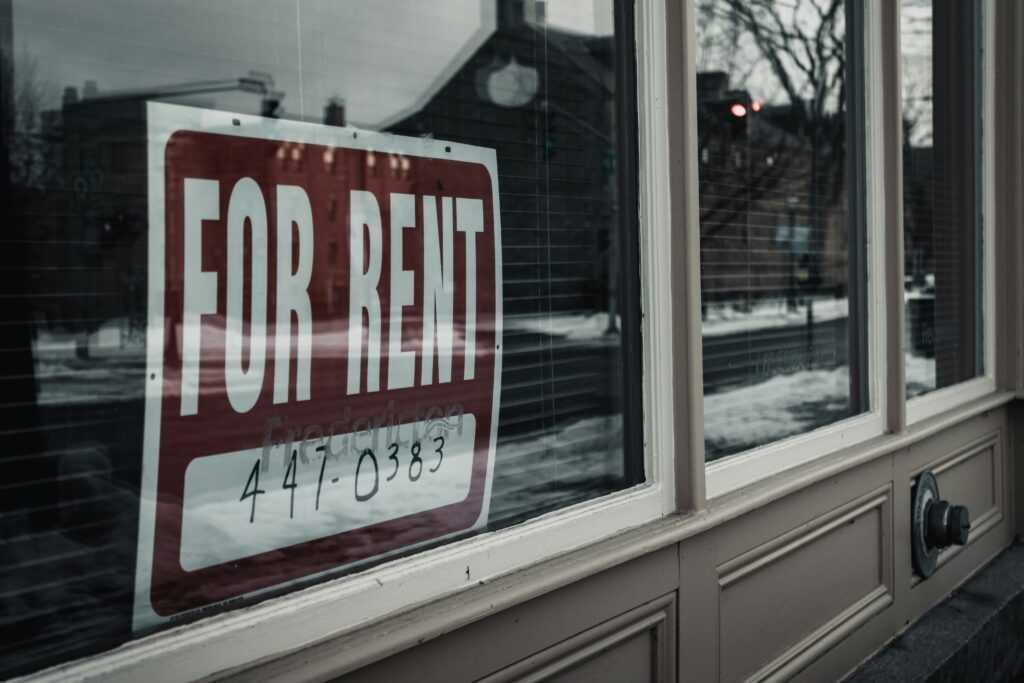In today’s unpredictable world, being prepared for emergencies is not just a good idea it’s essential. As a property owner, ensuring the safety and well-being of your tenants should be a top priority.
From natural disasters to unforeseen accidents, having a solid emergency preparedness plan in place can make all the difference in protecting your property and the people who call it home. In this article, I’ll guide you through the key steps to safeguarding your property and tenants in the face of emergencies.
By taking proactive measures and implementing practical strategies, you can minimize risks, mitigate damages, and provide a secure environment for those living on your premises. Let’s explore how you can prepare for the unexpected and create a resilient community within your property.
Importance of Emergency Preparedness
Establishing a robust emergency preparedness strategy is vital for property owners to safeguard both their properties and tenants in today’s unpredictable climate. It is essential to prioritize the safety and well-being of residents in the face of potential natural calamities and unforeseen incidents.
By implementing a comprehensive emergency plan, I can effectively mitigate risks and create a secure living environment that promotes resilience and stability within the property.
Creating an Emergency Plan
When creating an emergency plan, my primary focus is on mitigating risks and ensuring the safety of both my property and tenants. It is essential to be proactive in preparing for potential emergencies to minimize the impact of adverse events.
By establishing a comprehensive emergency plan, I can effectively respond to crises and protect the well-being of all residents.
Identifying Potential Risks
In identifying potential risks, I conduct a thorough assessment of all possible hazards that could affect my property and tenants. These risks may include natural disasters such as earthquakes, floods, or wildfires, as well as man-made emergencies like fires or gas leaks.
By recognizing and understanding these risks, I can tailor my emergency plan to address specific vulnerabilities and implement appropriate preventive measures.
Developing Response Protocols
Developing response protocols involves outlining clear procedures and guidelines for responding to different types of emergencies. I ensure that all tenants are aware of these protocols and conduct regular drills to practice emergency responses.
By establishing communication channels, assigning responsibilities, and designating evacuation routes, I can streamline the response process and minimize confusion during stressful situations. My goal is to create a structured and organized approach to emergency management, prioritizing the safety and security of everyone on the property.
Property Protection Measures
Securing Buildings and Grounds
To safeguard my property effectively, I prioritize securing the buildings and grounds. Regular inspections are crucial to identify vulnerabilities and address them promptly. Implementing access controls, such as secure locks and entry systems, enhances the overall security level.
Ensuring proper lighting around the property’s perimeter can deter potential intruders and improve visibility during emergencies. Maintaining clear exits and pathways is essential for swift evacuations in crisis situations.
By securing the buildings and grounds, I create a safer environment for my tenants and protect the property from potential risks.
Tenant Safety Guidelines
- Establish Clear Safety Guidelines: Ensure tenant safety by establishing clear guidelines that promote a secure living environment within the property, prioritizing tenant well-being.
-
Enhance Overall Safety and Security: Prioritize the well-being of tenants to significantly enhance the overall safety and security levels on the premises.
Emergency Procedures
Clearly outline emergency procedures and evacuation routes within the property. Conduct regular drills to familiarize tenants with emergency protocols and ensure they are aware of how to respond in various crisis situations.
Communication Protocols
Establish effective communication channels to disseminate critical information during emergencies. Provide tenants with contact details for emergency services and property management to ensure prompt and accurate communication.
Security Measures
Implement access controls, such as secure locks and entry systems, to manage property access. Maintain proper lighting around the property to enhance visibility and deter unwanted intruders.
Risk Awareness
Educate tenants about potential risks, including natural disasters and man-made emergencies. Encourage tenants to report any safety concerns or suspicious activities promptly to maintain a safe living environment.
Tenant Education
Offer safety training sessions to educate tenants on emergency preparedness and response procedures. Provide resources, such as emergency contact lists and safety guidelines, to promote tenant preparedness.
By adhering to these tenant safety guidelines, property owners can create a resilient and secure environment that prioritizes the safety and well-being of all residents. Proactive safety measures not only mitigate risks but also foster a sense of community preparedness and support among tenants.





